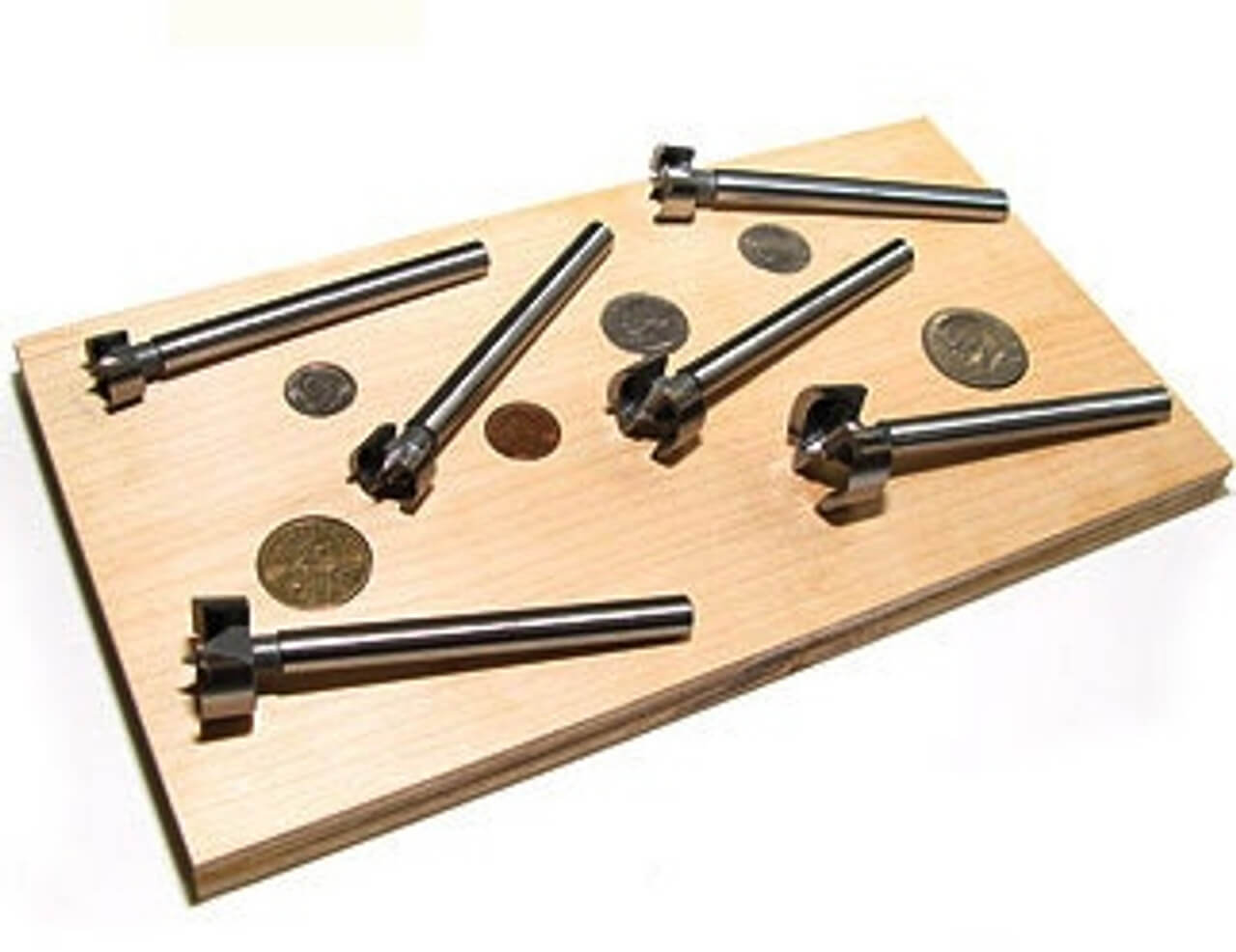
Fun Facts About Forstner Bits - A Comprehensive Guide
When it comes to achieving precision and smoothness in woodworking, Forstner bits hold unparalleled significance. Named after their inventor, Benjamin Forstner, these bits have been aiding craftsmen in creating impeccable woodwork. This article dives into what Forstner bits are, their benefits, types, usage, and care tips, answering all your FAQs related to these indispensable tools.
What Are Forstner Bits?
These workhorses are specialized drill bits used primarily for drilling precise, clean, flat-bottomed holes in wood. You can use them to hollow out holes for your prize coin collection, cut a smooth access hole through a desktop for computer cables, and so much more. Think of them like mini-spoilboard bits that attach to your drill, or countersink bits without the sink part.
Watch Make a Wooden Candle Holder in full screen.
The Benefits of Forstner Bits
Precision Drilling: Forstner bits offer unparalleled accuracy and control, making them ideal for any woodworking project requiring precision.
Smooth Finish: The design of the bits ensures a smoother finish, reducing the need for additional sanding.
Versatility: They can be used to drill partial holes, angled holes, or overlapping holes with ease. The can even be used to cut into the edge of a board.
Reduced Splintering: The sharp rim and cutting edge lead to reduced splintering and chipping, ensuring a cleaner job.

The Different Types of Forstner Bits
Saw-Tooth Bits: Ideal for cutting through harder woods, offering longevity and strength.
Continuous Rim Bits: Best suited for softer materials, providing a smoother finish.
Hinge Boring Bits: Specifically designed for drilling hinge holes in cabinets and furniture.

How to Use Forstner Bits
Mark the Spot: Start by marking the center of the hole you plan to drill.
Secure the Workpiece: Clamp the wood securely to prevent any movement.
Start Drilling: Place the tip of the bit on the marked spot and start drilling at a slow speed, gradually increasing as you proceed.
Clear Debris: Regularly clear away debris and check the depth of the hole.

Tips for Using Forstner Bits
Sharpness is Key: Ensure the bits are sharp to avoid any damage and achieve a clean finish.
Use a Drill Press: For maximum precision, use a drill press, especially for angled holes.
Avoid Overheating: Take breaks to prevent the bits from overheating, which can lead to a decrease in performance.
Practice Safety: Always wear safety equipment like goggles and ear protection when using any drill bits.

Care and Maintenance
Regular Sharpening: Sharpen the bits regularly to maintain their efficiency.
Clean After Use: Remove any wood residues to prevent build-up.
Proper Storage: Store the bits in a dry place to avoid rusting.
Avoid Excessive Force: Using excessive force can damage the bits; let the tool do the work.

FAQs
- What makes a Forstner bit different from other drill bits?
Unlike twist bits or spade bits, Forstner bits are designed to drill clean, flat-bottomed holes with minimal tear-out. They're ideal for precision woodworking tasks like installing hinges, creating dowel joints, or drilling overlapping holes. - Can a Forstner bit drill all the way through wood?
Yes, Forstner bits can drill through a workpiece entirely. However, they’re best known for drilling partial or flat-bottomed holes. When drilling all the way through, using a backer board can help prevent splintering on the exit side. - Can I use a Forstner bit with a handheld drill?
You can, but it’s not always ideal. Forstner bits perform best with a drill press for stability and control—especially in harder woods or when drilling at an angle. If using a handheld drill, go slowly and clamp your workpiece securely. - Why is my Forstner bit burning the wood?
Burning typically means the bit is dull, you're drilling too fast, or you're not clearing the chips often enough. Sharpen the bit, reduce speed, and take breaks to remove debris and prevent heat buildup.






